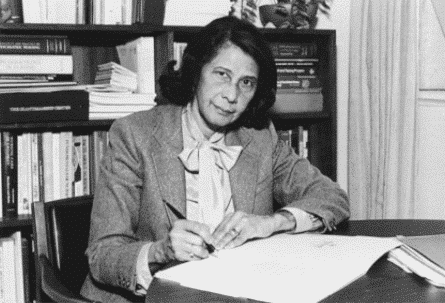
Photo by Kaboompics .com from Pexels
Professor Benny Smith was disappointed in the quality of discussions in his class. He used student small-group discussions to explore possibilities for topics being covered. The standard opening line he gave students was: “How might we think about…?” He wanted students to generate a diversity of possibilities. What he got were typically conventional or obvious ideas. Students seemed to stall out before they arrived at more interesting possibilities. He decided to intervene with a story and a way to stimulate their thinking.
“There was a small community in South Dakota near Sioux Falls. They decided they wanted their own postal address. The community was called Byron, and that was the name they submitted to the U.S. Postal Service. They were rejected. It seemed there were too many places in America called “Byron” (perhaps in honor of the poet Lord Byron). They had to come up with another name. The USPS required them to submit 10 names and they would select one that would create minimal confusion.
“The residents met to generate names. They came up with nine names, none of them especially noteworthy. They were stalled out and decided to take a break for tea.
“When the break was over, they resumed their generation of names. One of the residents suggested they call the community “Tea.” The name was immediately accepted and was put on the list to submit to the Postal Service. Tea was chosen by the Postal Service and became the name of the community.
“Here’s what I want you to do. When you feel like you have stalled out on your exploration of possibilities, take a break. Rather than drinking tea, I want you to come up with a top ten list. It could be TV shows, movies, favorite singers, actors, etc. Limit this exercise to five minutes. Then when you are done with your list, respond to the question: How do the items on our top 10 list connect to the possibilities we are generating? The connections may seem bizarre at first, but the point in doing this is to untie the knot in your thinking. I think that will loosen you up to come up with a series of very interesting possibilities.”
What Professor Smith was doing was helping his class overcome barriers to imagination. Whenever groups are asked to explore possibilities, the first possibilities will often be very obvious choices, and not that imaginative. Subsequent possibilities tend to be slight variations of these initial possibilities. To get more imaginative possibilities, it can help to take a “tea break” and to play with more unlikely associations. Once the break is over, you will generally find much more interesting possibilities being generated.
* * *
“Almost everything will work again if you unplug it for a few minutes…including you.” – Anne Lamott (author and political activist)
This post is part of our “Think About” education series. These posts are based on composites of real-world experiences, with some details changed for the sake of anonymity. New posts appear Wednesday afternoons. Share your ideas and responses via Twitter @IFTalks or FaceBook @whatIFdiscussions.



